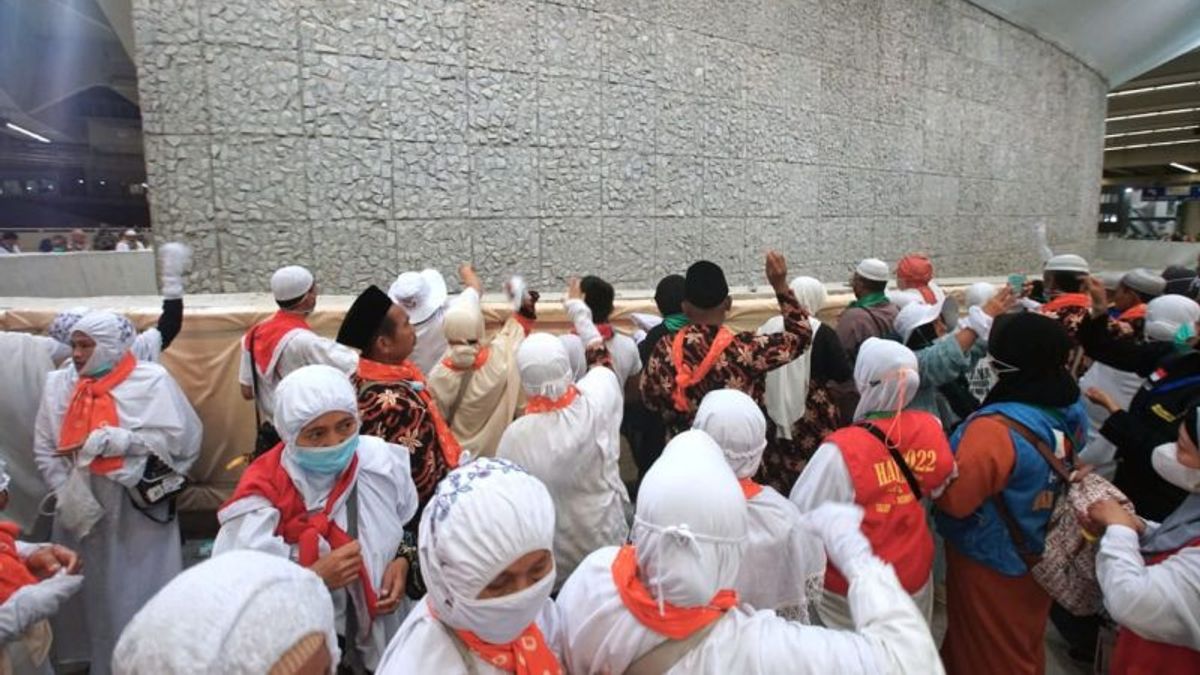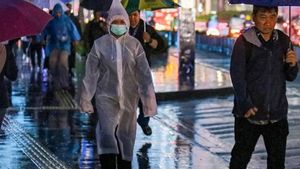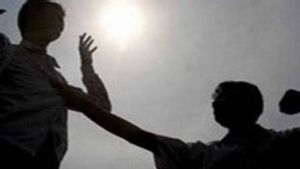JAKARTA - Head of the Hajj Health Center Budi Sylvana said coughs and colds were diseases that many pilgrims experienced after the peak of the pilgrimage ended.
"After Armuzna has started to shift, if initially hypertension and heart disease, now it has shifted to coughing and colds which dominate to become the top five," said Budi in Mecca, Saudi Arabia, Antara, Tuesday, July 12.
Therefore, pilgrims are advised to continue to wear masks, especially during worship in places where many people gather, such as the Grand Mosque.
According to Budi, the predominance of coughs and colds was due to the influence of the weather and fatigue, which caused the congregation's condition of endurance and health to decline.
"As of today, around 15 thousand people have colds, that's what dominates," added Budi.
The peak of the pilgrimage starts from wukuf in Arafah, mabit or staying for a while at Muzdalifah and for two to three days mabit in Mina to throw the jumrah draining energy because it is a physical worship.
Even throwing the jumrah is considered the culmination of physical worship because the congregation has to walk about eight kilometers every day to throw the jumrah from the tent in Mina to Jamarat.
"We urge the congregation to continue to wear masks because it can protect the congregation from diseases, especially coughs and colds," he said.
The English, Chinese, Japanese, Arabic, and French versions are automatically generated by the AI. So there may still be inaccuracies in translating, please always see Indonesian as our main language. (system supported by DigitalSiber.id)













